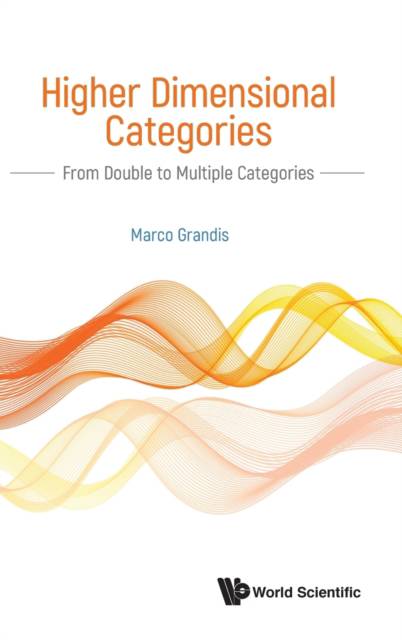
- Afhalen na 1 uur in een winkel met voorraad
- Gratis thuislevering in België vanaf € 30
- Ruim aanbod met 7 miljoen producten
- Afhalen na 1 uur in een winkel met voorraad
- Gratis thuislevering in België vanaf € 30
- Ruim aanbod met 7 miljoen producten
Zoeken
€ 296,45
+ 592 punten
Omschrijving
The study of higher dimensional categories has mostly been developed in the globular form of 2-categories, n-categories, omega-categories and their weak versions. Here we study a different form: double categories, n-tuple categories and multiple categories, with their weak and lax versions.We want to show the advantages of this form for the theory of adjunctions and limits. Furthermore, this form is much simpler in higher dimension, starting with dimension three where weak 3-categories (also called tricategories) are already quite complicated, much more than weak or lax triple categories.This book can be used as a textbook for graduate and postgraduate studies, and as a basis for research. Notions are presented in a 'concrete' way, with examples and exercises; the latter are endowed with a solution or hints. Part I, devoted to double categories, starts at basic category theory and is kept at a relatively simple level. Part II, on multiple categories, can be used independently by a reader acquainted with 2-dimensional categories.
Specificaties
Betrokkenen
- Auteur(s):
- Uitgeverij:
Inhoud
- Aantal bladzijden:
- 536
- Taal:
- Engels
Eigenschappen
- Productcode (EAN):
- 9789811205101
- Verschijningsdatum:
- 27/09/2019
- Uitvoering:
- Hardcover
- Formaat:
- Genaaid
- Afmetingen:
- 152 mm x 229 mm
- Gewicht:
- 879 g

Alleen bij Standaard Boekhandel
+ 592 punten op je klantenkaart van Standaard Boekhandel
Beoordelingen
We publiceren alleen reviews die voldoen aan de voorwaarden voor reviews. Bekijk onze voorwaarden voor reviews.











